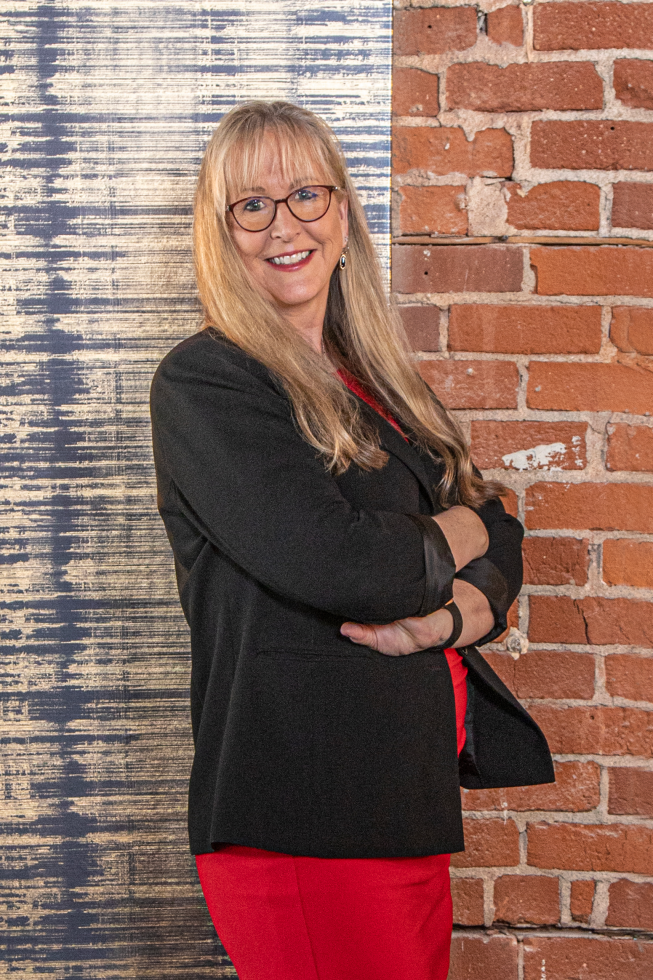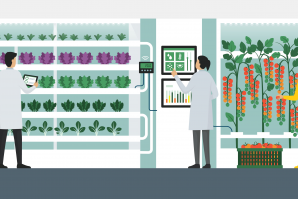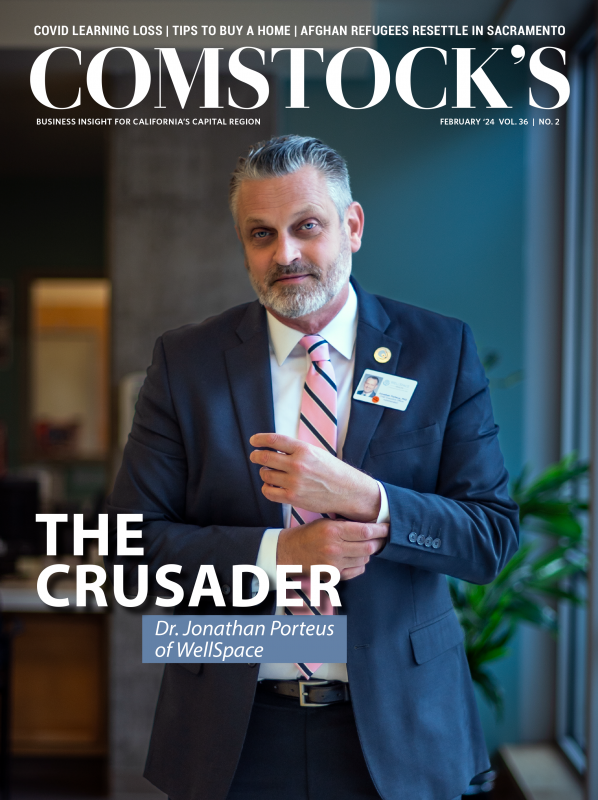I’d like us all to reflect and consider a possible new leadership focus in this fresh new calendar year. It may be humbling, but leading is really about making other people better and has little to do with you. It has everything to do with those you work and serve with.
Harvard Business School professor and author Frances Frei suggests that leaders need to change the mirror on the wall into a window. The old idea is that leaders are born with some sort of special, naturally endowed skill set, and that while leading they must be infallible, unflappable, in control at all times and without fear. This no longer rings true in today’s organizations. The world has been forever changed in recent years by a variety of complicated challenges, including the COVID-19 pandemic, social and civic unrest, political dysfunction and technological advances in artificial intelligence.
Leaders and the field of leadership are changing, as well as the world of work. We are shifting and transforming to attract and retain talent and create excellent organizational outcomes in volatile and unpredictable times. According to author Mark Crowley, this more human or heart-centered way of leading is an emerging science that leads to greater employee well-being, engagement and retention. At the nexus of this way of leading, I believe, is framing your role as that of a builder.
Here are five core ways to embody “buildership.”
1. Build your relationships
As humans, we are built for connection. Prolific leadership author John Maxwell is credited with saying, “Relationships are the foundation of leadership.” Relationship-building creates mutual trust and respect, and it needs to come from an authentic desire to know and care for the people in your organization. Relationships are built by sharing yourself, spending time with people, listening — and knowing what matters to them — both in their work and outside of it. I heard this from innovative leaders some 15 years ago, when I completed my research on leaders and innovation. One of the strongest findings was that you cannot innovate without relationships.
2. Build, invest and grow your people
As spoken by the character Ted Lasso from his eponymous TV show, “Success is not about the wins and losses. It’s about helping these young fellas be the best versions of themselves, on and off the field.” A focus on employee growth and development demonstrates a growth mindset and a core belief in the potential of your people. As a CEO for over 20 years, the one key immutable piece of feedback employees gave me was that they had never been grown, developed and invested in to the same extent — regardless of position or title.
3. Build a strong sense of purpose and “why”
In his book “Start with Why,” Simon Sinek writes, “People don’t buy what you do; they buy why you do it. And what you do simply proves what you believe.” Leaders must “walk the talk” by constantly integrating and communicating the organization’s purpose and “why,” aligning the organization’s actions to these. Your words and actions help build a sense of direction, intention and understanding so that employees can connect their work and outcomes with purpose. You are the key meaning-maker.
4. Build a culture of multipliers
Human-centered leaders understand that their job is to grow, develop, empower and create more leaders. They support and inspire others to stretch, grow and deliver in ways that surpass expectations. Author Liz Wiseman suggests that “multipliers” look for talent everywhere, find people’s native genius, utilize people to their fullest and remove the blocks in their path. When you as the leader are a multiplier, you model the way for others to be multipliers for themselves and for everyone in the organization.
5. Build a legacy
I am surprised at how little leaders at any level consider or reflect on legacy. Legacy isn’t just about the end of your career or life. A legacy is a representation of each stage of your career — each role, each decision, the knowledge and wisdom acquired and your contribution. Ultimately, your legacy is the life you lead. Thinking about legacy as a leader helps you to consider where you’ve been, where you are now and where you’re going. If, as leadership experts Kouzes and Posner suggest, it is the quality of our relationships that significantly determines our legacy, how are you doing at building and sustaining relationships? In the words of this quote attributed to Pericles, “What you leave behind is not what is engraved in stone monuments, but what is woven into the lives of others.”
We need more builders. Our rapidly changing world is experiencing massive technological, demographic, environmental and geopolitical shifts. And yet our basic human needs have not changed; we hunger for safety, belonging, connection and the opportunity to achieve our potential and make a difference.
In the words of Olympic gold medalist and FIFA World Cup champion Abby Wambach, “The old way is to lead with invulnerability and enlist followers. The new way is to lead with full humanity — and cultivate a team of leaders.”
There will never be a perfect leader. Like each of you, I have plenty of examples where I missed the mark. The call of the builder is not a call to perfectionism or to feel shame when we’ve fallen short, the call is to be authentic and real and to accept that we are all learners on a leadership journey.
(Photo courtesy of Cindy Petersen)

Comstock’s 2023 Women in Leadership honoree Dr. Cindy Petersen is a leader in public education for over 35 years, serving 20 years as superintendent/CEO of Gateway Community Charters. She has been an adjunct professor for Brandman University and the UMass Global doctorate program for over a decade and is currently the CEO/Senior Leadership Consultant of Courageous Leadership Coaching and Consulting.
Stay up to date on business in the Capital Region: Subscribe to the Comstock’s newsletter today.
Recommended For You

10 Strategies to Make 2024 Your Most Profitable Year Ever
A veteran business coach offers tips for the new year
In the fast-paced and ever-changing world of business, the role of a leader is both thrilling and challenging. This year, it’s crucial for leaders to be armed with the right strategies to navigate the corporate landscape successfully.

What Is Innovation?
Innovation is a process by which a domain, product or service is renewed and brought up to date by applying new processes, introducing new techniques or establishing successful ideas to create new value. The creation of value is a defining characteristic of innovation. Simple enough, right?

The Student Loan Payment Pause Is Over. So What Are Your Options?
After more than a three-year federal student loan payment pause, payments resumed on Oct. 1, 2023. I have spoken to hundreds of borrowers and understand their confusion and concerns about returning to repayment and the options available for them.

Running a Family Business in California Isn’t Easy
But local organizations are here to help
The line from “The Godfather,” “It’s not personal, it’s strictly business,” does not apply to the members of a family business. For us, there are a wide range of emotions that start at an early age as we realize that we are part of something that consumes our parents’ time, including conversations at dinner and the holidays.

Owning the Narrative
How to take initiative and solve problems before they reach your supervisor
There is nothing more rewarding than creating and implementing a plan to fix a broken process — before being asked to do so. It changes everything because the leader is using her creative fuel instead of being told what to do. Instead of being asked to fix a broken process, the leader self-evaluates her operation and addresses broken processes of her own volition.




